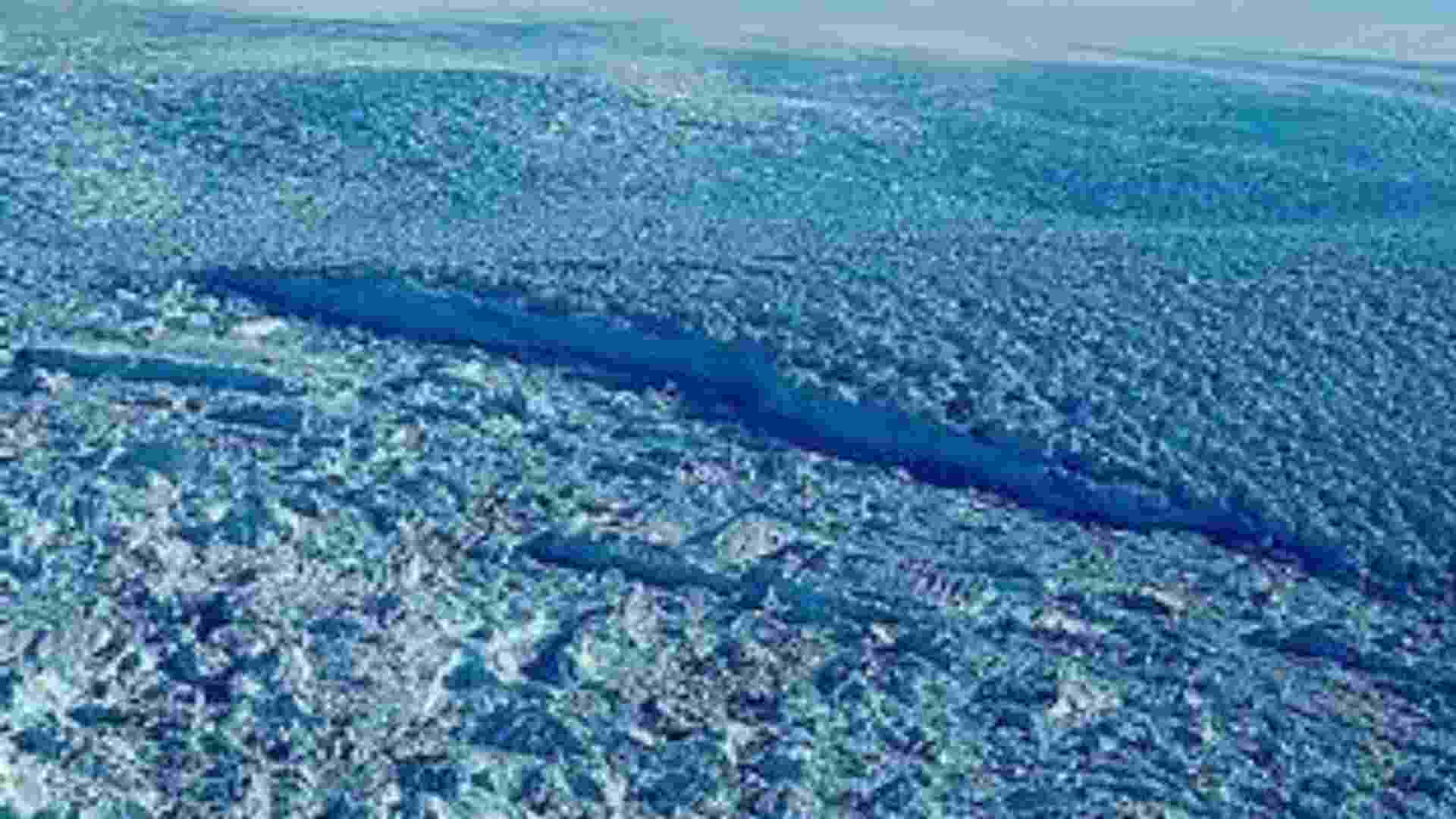In the icy realms of Greenland, scientists are venturing into the treacherous waters beneath the Kangerlussuup glacier. Here, massive blocks of ice crash into the ocean, and fierce underwater currents churn up suspended mud and sand, making visibility almost nil. The expedition, which involves a high-tech, remotely operated submarine, is a daring attempt to uncover the secrets of this violent, icy environment.
High-Risk, High-Reward Mission
The submarine, known as Nereid Under Ice (NUI), is tasked with collecting crucial data from a zone that has never been explored up close. As it dives into the glacier’s base, it faces numerous challenges. The submarine has to navigate through a vast underwater cavern, where it encountered dangerous conditions, including being buried under 25 kilograms of sediment.
Discovering Sediment “Speed Bumps”
One of the primary goals of this mission is to investigate how sediment accumulation in front of glaciers might act as a “speed bump,” potentially slowing down glacier disintegration and sea level rise. Current models of sea level rise do not fully account for these sediment banks, which could significantly impact projections for future sea levels.
Unexpected Findings
As the NUI submersible ventured deeper, it revealed a gigantic underwater cave and a sediment build-up that had never been observed before. This discovery could provide critical insights into how sediment affects glacier movement and, consequently, sea level rise. “It was like putting glasses on for the first time,” says Prof. Ginny Catania, who leads the research.
Implications for Coastal Cities
Understanding how sediment can slow glacier melting is crucial for predicting sea level rise and its impact on coastal cities worldwide. This new data may help refine models that predict future sea levels and assist in planning for rising waters, especially in vulnerable coastal areas.
Personal Reflections and Future Prospects
The success of this high-risk mission is a significant milestone in Arctic research. Scientists are not only excited about the new data but also reflecting on personal milestones and sacrifices. The data collected could help in future efforts to mitigate the impacts of climate change and give coastal communities more time to prepare for sea level rise.























